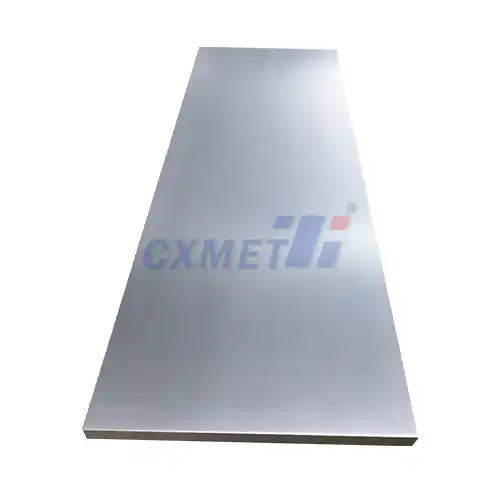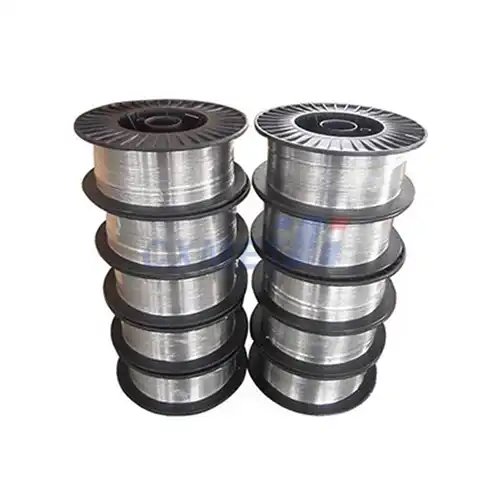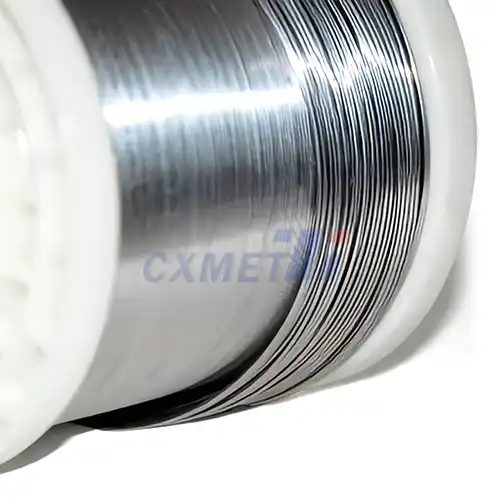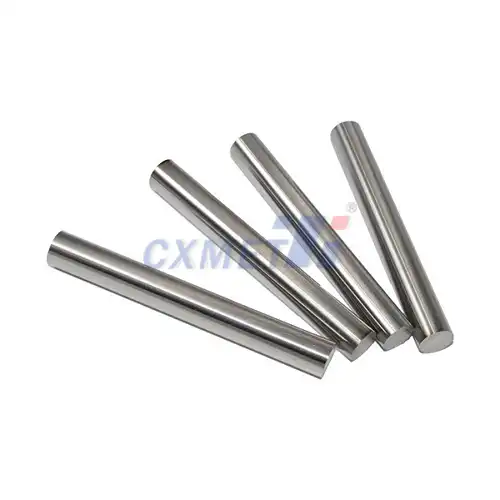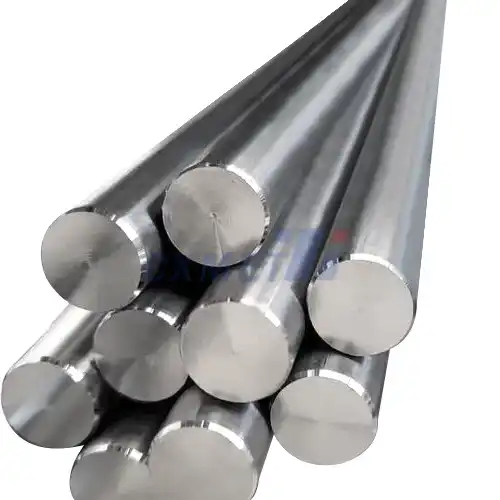- English
- French
- German
- Portuguese
- Spanish
- Russian
- Japanese
- Korean
- Arabic
- Greek
- German
- Turkish
- Italian
- Danish
- Romanian
- Indonesian
- Czech
- Afrikaans
- Swedish
- Polish
- Basque
- Catalan
- Esperanto
- Hindi
- Lao
- Albanian
- Amharic
- Armenian
- Azerbaijani
- Belarusian
- Bengali
- Bosnian
- Bulgarian
- Cebuano
- Chichewa
- Corsican
- Croatian
- Dutch
- Estonian
- Filipino
- Finnish
- Frisian
- Galician
- Georgian
- Gujarati
- Haitian
- Hausa
- Hawaiian
- Hebrew
- Hmong
- Hungarian
- Icelandic
- Igbo
- Javanese
- Kannada
- Kazakh
- Khmer
- Kurdish
- Kyrgyz
- Latin
- Latvian
- Lithuanian
- Luxembou..
- Macedonian
- Malagasy
- Malay
- Malayalam
- Maltese
- Maori
- Marathi
- Mongolian
- Burmese
- Nepali
- Norwegian
- Pashto
- Persian
- Punjabi
- Serbian
- Sesotho
- Sinhala
- Slovak
- Slovenian
- Somali
- Samoan
- Scots Gaelic
- Shona
- Sindhi
- Sundanese
- Swahili
- Tajik
- Tamil
- Telugu
- Thai
- Ukrainian
- Urdu
- Uzbek
- Vietnamese
- Welsh
- Xhosa
- Yiddish
- Yoruba
- Zulu
What are the Key Characteristics of Gr23 Ti 6AL4V ELI Medical Titanium Bar?
2024-08-16 11:15:15
Gr23 Ti 6AL4V ELI Medical Titanium Bar is a high-performance alloy widely used in the medical industry due to its exceptional properties. This titanium alloy combines strength, lightweight characteristics, and biocompatibility, making it an ideal material for various medical applications. The ELI designation stands for "Extra Low Interstitial," indicating a higher purity level with reduced oxygen content compared to standard Ti 6AL4V. This results in improved ductility and fracture toughness, crucial factors in medical implants and devices. Understanding the key characteristics of this specialized titanium alloy is essential for medical professionals, engineers, and researchers working in the biomedical field.
What are the advantages of using Gr23 Ti 6AL4V ELI in medical implants?
Gr23 Ti 6AL4V ELI titanium alloy offers numerous advantages that make it an excellent choice for medical implants. One of its primary benefits is its exceptional biocompatibility. The human body readily accepts this material, significantly reducing the risk of adverse reactions or rejections. This biocompatibility is attributed to the formation of a stable oxide layer on the surface of the titanium, which prevents corrosion and ion release into the surrounding tissues.
Another crucial advantage is the alloy's high strength-to-weight ratio. Gr23 Ti 6AL4V ELI provides remarkable mechanical strength while remaining lightweight, making it ideal for load-bearing implants such as hip and knee replacements. This characteristic allows for the creation of implants that can withstand the stresses of daily activities without adding unnecessary weight to the patient's body.
The material's excellent corrosion resistance is another significant benefit. In the aggressive environment of the human body, where implants are exposed to various bodily fluids, Gr23 Ti 6AL4V ELI demonstrates superior resistance to degradation. This property ensures the longevity of the implant and minimizes the risk of complications associated with material breakdown.
Furthermore, the ELI grade of this alloy offers improved ductility and fracture toughness compared to standard Ti 6AL4V. These enhanced mechanical properties provide better resistance to fatigue and crack propagation, crucial factors in ensuring the long-term reliability of medical implants.
The material's low elastic modulus, which is closer to that of human bone compared to other metallic implant materials, helps reduce stress shielding. This phenomenon occurs when an implant takes on a majority of the load, leading to bone resorption around the implant. By more closely matching the bone's elastic properties, Gr23 Ti 6AL4V ELI promotes better load distribution and helps maintain bone density.
Lastly, the alloy's excellent machinability and formability allow for the creation of complex implant geometries. This versatility enables the production of patient-specific implants and devices, contributing to better outcomes in various medical procedures.
How does the composition of Gr23 Ti 6AL4V ELI affect its properties?
The composition of Gr23 Ti 6AL4V ELI plays a crucial role in determining its unique properties that make it suitable for medical applications. This alloy primarily consists of titanium (Ti) as the base element, with additions of 6% aluminum (Al) and 4% vanadium (V). The ELI designation indicates extra low interstitial elements, particularly oxygen, nitrogen, and iron.
The titanium base provides the foundation for the alloy's excellent corrosion resistance and biocompatibility. Titanium naturally forms a stable oxide layer (TiO2) on its surface when exposed to oxygen, creating a protective barrier that prevents further oxidation and enhances its resistance to corrosion in the body's environment.
Aluminum, at 6%, serves as an alpha stabilizer in the alloy. It contributes to increasing the alloy's strength and decreasing its density, which is crucial for maintaining a high strength-to-weight ratio. This addition helps in achieving the balance between strength and lightness that is essential for medical implants.
Vanadium, comprising 4% of the alloy, acts as a beta stabilizer. It improves the alloy's formability and helps in achieving a fine-grained microstructure. This element contributes to the alloy's excellent fatigue resistance, an essential property for implants that undergo cyclic loading.
The ELI specification is particularly important in the context of medical applications. By limiting the interstitial elements, especially oxygen, to lower levels than in standard Ti 6AL4V, the alloy achieves superior ductility and fracture toughness. Oxygen, when present in higher amounts, can lead to embrittlement of the material. By keeping oxygen levels low (typically below 0.13%), the alloy maintains its ductility and resistance to crack propagation, crucial for the long-term reliability of medical implants.
The reduced levels of other interstitial elements like nitrogen and iron also contribute to the alloy's improved properties. Lower nitrogen content helps maintain ductility, while reduced iron levels contribute to better corrosion resistance.
This carefully balanced composition results in an alpha-beta titanium alloy with a microstructure that provides an optimal combination of strength, ductility, and toughness. The alpha phase, stabilized by aluminum, provides strength and creep resistance, while the beta phase, influenced by vanadium, contributes to improved formability and heat treatment response.
What are the manufacturing challenges in producing Gr23 Ti 6AL4V ELI Medical Titanium Bars?
Manufacturing Gr23 Ti 6AL4V ELI Medical Titanium Bars presents several challenges due to the material's properties and the stringent requirements for medical applications. One of the primary challenges is maintaining the precise composition and low interstitial element levels required for the ELI grade. This necessitates careful control of the raw materials and the melting process to ensure that oxygen, nitrogen, and iron levels remain within the specified limits.
The melting process itself is complex and requires specialized equipment. Vacuum arc remelting (VAR) or electron beam melting (EBM) techniques are often employed to achieve the required purity and homogeneity. These processes must be carefully controlled to prevent contamination and ensure uniform composition throughout the ingot.
Forging and heat treatment of Ti 6AL4V ELI bars present another set of challenges. The material's high strength and low thermal conductivity can lead to difficulties in achieving uniform deformation during forging. Precise temperature control is crucial to avoid overheating, which can lead to grain growth and degradation of mechanical properties. The heat treatment process must be carefully designed to achieve the desired microstructure and properties while maintaining the low interstitial content.
Machining Gr23 Ti 6AL4V ELI can be challenging due to its high strength and low thermal conductivity. These properties can lead to rapid tool wear and heat buildup during cutting operations. Special cutting tools and cooling strategies are often required to achieve the desired surface finish and dimensional accuracy while maintaining the material's integrity.
Surface treatment and cleaning of the titanium bars are critical steps in the manufacturing process. Any contamination or surface defects can compromise the material's biocompatibility and corrosion resistance. Stringent cleaning protocols and surface treatments such as passivation are necessary to ensure the material meets medical standards.
Quality control and testing pose significant challenges in the production of medical-grade titanium bars. Rigorous non-destructive testing methods, including ultrasonic testing and X-ray inspection, are employed to detect any internal defects or inhomogeneities. Mechanical testing and chemical analysis must be performed to verify that the material meets the required specifications for strength, ductility, and composition.
Lastly, the entire manufacturing process must comply with strict regulatory standards for medical materials. This includes maintaining traceability throughout the production chain and adhering to Good Manufacturing Practices (GMP). The documentation and validation requirements add another layer of complexity to the manufacturing process.
In conclusion, Gr23 Ti 6AL4V ELI Medical Titanium Bar is a sophisticated material that offers exceptional properties for medical applications. Its biocompatibility, high strength-to-weight ratio, and excellent corrosion resistance make it an ideal choice for various medical implants and devices. The carefully controlled composition, particularly the extra low interstitial content, results in superior mechanical properties and long-term reliability in the human body. While the manufacturing of this material presents numerous challenges, overcoming these obstacles is crucial for producing high-quality medical titanium bars that meet the stringent requirements of the healthcare industry. As research and technology in materials science and manufacturing processes continue to advance, we can expect further improvements in the production and application of this vital medical material.
At SHAANXI CXMET TECHNOLOGY CO., LTD, we take pride in our extensive product range, which caters to diverse customer needs. Our company is equipped with outstanding production and processing capabilities, ensuring the high quality and precision of our products. We are committed to innovation and continuously strive to develop new products, keeping us at the forefront of our industry. With leading technological development capabilities, we are able to adapt and evolve in a rapidly changing market. Furthermore, we offer customized solutions to meet the specific requirements of our clients. If you are interested in our products or wish to learn more about the intricate details of our offerings, please do not hesitate to contact us at sales@cxmet.com. Our team is always ready to assist you.
References:
1. ASTM International. (2020). ASTM F136-13 Standard Specification for Wrought Titanium-6Aluminum-4Vanadium ELI (Extra Low Interstitial) Alloy for Surgical Implant Applications.
2. Rack, H. J., & Qazi, J. I. (2006). Titanium alloys for biomedical applications. Materials Science and Engineering: C, 26(8), 1269-1277.
3. Niinomi, M. (2008). Mechanical biocompatibilities of titanium alloys for biomedical applications. Journal of the Mechanical Behavior of Biomedical Materials, 1(1), 30-42.
4. Lütjering, G., & Williams, J. C. (2007). Titanium (2nd ed.). Springer-Verlag Berlin Heidelberg.
5. Donachie, M. J. (2000). Titanium: A Technical Guide (2nd ed.). ASM International.
6. Peters, M., Hemptenmacher, J., Kumpfert, J., & Leyens, C. (2003). Structure and Properties of Titanium and Titanium Alloys. In C. Leyens & M. Peters (Eds.), Titanium and Titanium Alloys: Fundamentals and Applications (pp. 1-36). Wiley-VCH.
7. Elias, C. N., Lima, J. H. C., Valiev, R., & Meyers, M. A. (2008). Biomedical applications of titanium and its alloys. JOM, 60(3), 46-49.
8. Geetha, M., Singh, A. K., Asokamani, R., & Gogia, A. K. (2009). Ti based biomaterials, the ultimate choice for orthopaedic implants – A review. Progress in Materials Science, 54(3), 397-425.
9. Sidambe, A. T. (2014). Biocompatibility of Advanced Manufactured Titanium Implants—A Review. Materials, 7(12), 8168-8188.
10. Boyer, R., Welsch, G., & Collings, E. W. (Eds.). (1994). Materials Properties Handbook: Titanium Alloys. ASM International.
 titanium wire 1.webp)
